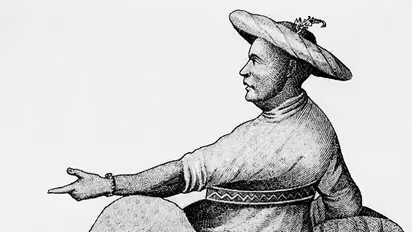India@75 moments: 1769, the year when Treaty of Madras was signed

Synopsis
The British had launched war against Mysore, allied with the Marathas and the Nizam of Hyderabad. With deft diplomacy, Hyder Ali was able to sway the Marathas and the Nizam to his side. He had bribed the Marathas to neutralise them.
The Anglo-Mysore Wars were a series of four wars in Southern India fought between the British and the Kingdom of Mysore in the second part of the 18th century. The Treaty of Madras was a peace agreement signed on April 4, 1769, between Mysore and the British (Lord Harry Vereist) East India Company, which ended the First Anglo-Mysore war.
One of the major cause of the war was when Hyder Ali formed a powerful army and annexed numerous southern territories, including Bidnur, Canara, Sera, Malabar, and Sunda. He also sought French assistance in training his troops and the British were taken aback by it.
The British had launched war against Mysore, allied with the Marathas and the Nizam of Hyderabad. With deft diplomacy, Hyder Ali was able to sway the Marathas and the Nizam to his side. He had bribed the Marathas to neutralise them. The war raged on for over a year and a half with no end in sight. Later, Haidar shifted his approach and came unexpectedly outside Madras's walls.
Also Read | India@75 moments: The non-cooperation movement of 1920
Following full disorder and fear in Madras, the English were obliged to sign an extremely humiliating deal with Haidar on April 4, 1769—the Treaty of Madras, which ended the war. As a result, the captured areas were returned to each other, and it was decided that they would aid one another in the event of a foreign assault.
For the unaware, Hyder Ali began his military career as a soldier in the Mysore Army. Because of his military abilities, he quickly climbed to prominence in the army. Under Krishnaraja Wodeyar II, the monarch of Mysore, he was appointed Dalavayi (commander-in-chief) and then Chief Minister of the Mysore state. He became the de-facto ruler of Mysore due to his administrative and military competence, with the genuine monarch relegated to a titular head merely. He established a modern army and trained it following European lines.
Also Read | India@75 moments: The Quit India Movement that united Indian people against British rule